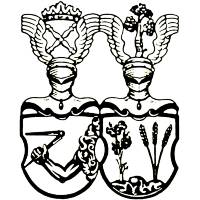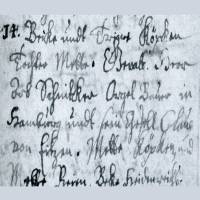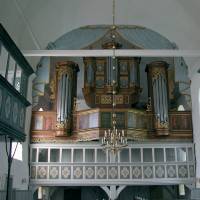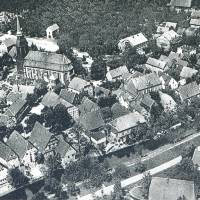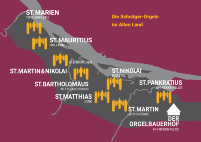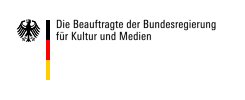53°33'37.6"N 9°36'28.6"E
Arp Schnitger in Steinkirchen
Arp Schnitger
In 2017 the German organ building art was included in the list of the intangible world heritage of UNESCO. The Altes Land is known for its 10 listed churches and its organ culture.
The famous organ builder Arp Schnitger (1648-1719) lived and worked in the Altes Land. He founded his workshop in Neuenfelde, where his house is still known today as the Orgelbauerhof. Schnitger completed the classical North German Baroque organ, which has a richer tonal range than is was usual in central and south German organ building at that time.
In his workshops in Stade, Hamburg, Groningen and Neuenfelde he built about 150 new organs and reconstructions for the coastal region from Groningen to Nordfriesland, Mecklenburg, Berlin, Magdeburg, England, Spain, Portugal and Russia. Johann Sebastian Bach acquired his organ playing skills by studying the Schnitger organs in St. Jacobi and St. Nikolai in Hamburg.
Arp Schnitger was christened on 9 July 1648 in Golzwarden, Brake an der Unterweser. He comes from a family of carpenters from Schmalenfleth and was taught his father's profession. After years of apprenticeship and traveling he learned organ building from his cousin Bernd Huß. After his death he took over the workshop. He completes the organ building of the large organ in St. Wilhadi in Stade.
In 1677 Schnitger signs a contract for the reconstruction of the organ in Borstel. From then on he worked regularly for Altländer churches, rebuilding organs, building new ones and carrying out repairs.
In 1682 Schnitger moved his organ building workshop to Hamburg and took the oath of citizenship to become a full Hanseatic citizen. His first major project was the organ of the Nikolai Church with 67 registers.In 1684 Schnitger married the merchant's daughter Gertrud Otte (1665-1707) from Hamburg. They had six children. Four sons started their father's profession, but only two of them survived and continued his work.
In 1693 he took over the farm in Neuenfelde from the inheritance of his wife. He sets up another organ workshop on the Orgelbauerhof. The components of the organ were shipped via the port of Neuenfelde. He rebuilt the organ in Estebrügge in 1702, repaired the organ in Steinkirchen in 1704 and in Twielenfleth in 1704/05. After the death of his wife in 1707, he received a last order in the Altes Land. In 1709 Schnitger fundamentally rebuilt the organ of Jork.In 1713 he married Anna Elisabeth Koch, the widow of the organist in Abbehausen/Oldenburg.Arp Schnitger died in 1719 (place and date of death are unknown), he was buried on 28 July in the church in Neuenfelde. Rediscovered only in 1971, his splendidly carved pew with coat of arms and the tomb with its simple tomb slab remind us of him to this day.
His organs in Steinkirchen and Neuenfelde still inspire organ musicians and lovers from all over the world.
Arp Schnitger in Steinkrichen
From 1685 to 1687 Arp Schnitger built the famous organ in Steinkirchen. The christening entry of 14 December 1686 proves that he was also able to establish social contacts while he built the organs. Mette, the daughter of Beike and Trine Köpke, is christened. Schnitger was godfather, together with his journeyman Claus von Eitzen (a family of Eitzen are tailors in Steinkirchen), Mette Köpke (probably Beike's mother or sister), Mette Beyen and Beke Heidenreichs who also were godparents.
In 1702 Mette Beyen appeared in Steinkirchen during the pledging of royal chamber estates (Kammergüter). Hannß Bey was a church father in 1687. "In 1687 this organ was completely rebuilt during the time of the Jurats Pet Hauschildt, Peter Gahrn and Hannß Beye of Arp Schnitgern of Hamburg." In 1640, just a few steps away from the church, on the dyke stands a sixfold Kroghaus owned by Jacob Köpke. According to the sources, it can be assumed that Arp Schnitger lived in Köpkes Krug while building the organ.
Today there is a modern house.
Did he also meet his former fiancée Margarethe Papier in Steinkirchen? Schnitger had got engaged to her in Stade, however, he released the engagement. At that time, it was a punishable act. Schnitger escaped prosecution by moving to Hamburg. In 1690 Margarethe died in Steinkirchen, she had married Ch. H. Neimanns.
(Exhibition Arp Schnitger in the Altes Land, Museum Altes Land June to August 2019)

